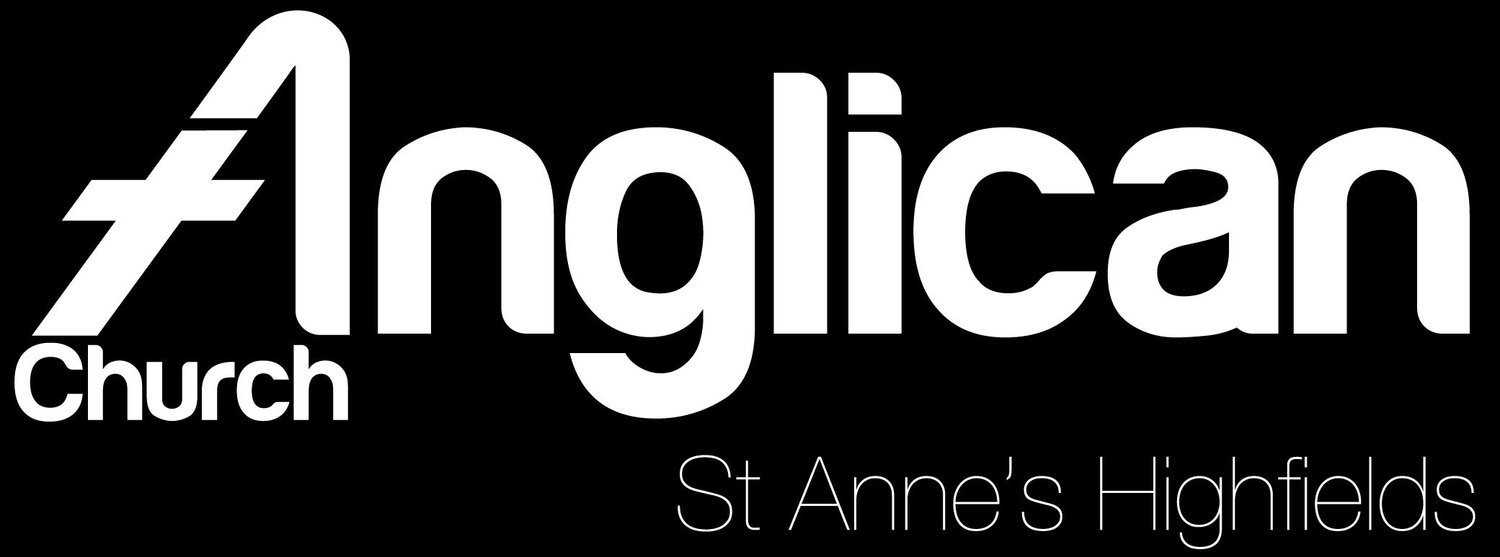The New Guinea Martyrs
The New Guinea Martyrs are 12 Anglican clergy, nurses, teachers and other Christian workers who were executed by Japanese soldiers during the Japanese occupation of Papua, New Guinea and other parts of Melanesia in 1942 and 1943. Altogether, around 400 Christian clergy and church workers were killed in Melanesia during the Japanese occupation - the largest group being Roman Catholics. In the Church of England (now the Anglican Church of Australia) Philip Strong, Bishop of New Guinea, instructed clergy and missionaries to remain in their ministries even if the Japanese were to overrun their posts. In the course of the occupation, clergy and missionaries were arrested and, in many cases, executed.
New Britain
The Anglican Church accepts that 12 of the missionaries killed by Japanese in New Guinea during the occupation died for the Christian faith, and are therefore recognised as martyrs. They were Australian, English or (in the case of Lucien Tapiedi and Leslie Gariardi) Papuans; most were in their 20s. The 12 Martyrs are Henry Matthews, Leslie Gariardi, May Hayman, Mavis Parkinson, Henry Holland, Lucien Tapiedi, Lilla Lashmar, Margery Brenchley, John Duffill, Vivien Redlich, Bernard Moore and John Barge.
New Guinea Martyrs Day is observed in the Anglican calendar worldwide on 2 September.
Reverend john barge
John Barge was born in England and served in the First World War. He migrated to Queensland in 1926. He studied for ministry at St Francis' Theological College in Brisbane, and was ordained a deacon in 1932 and a priest in 1933. His first ministry was in this Parish (Toowoomba St James), where he was curate (assistant priest) at St Thomas' Church, North Toowoomba. In 1935, John Barge volunteered for mission work and was posted to the Diocese of Melanesia: initially, Rabaul in New Britain, then Malaita in the Solomon Islands, and in 1939 to Apugi (near Kandrian) in New Britain.
After the Japanese advance into the Melanesian islands and New Guinea, communications with New Britain were lost. John Barge remained in Apugi and, despite being close to a Japanese post, continued in pastoral and medical ministry without the Japanese knowing for almost two years. In October 1943, a Japanese destroyer spotted the mission house, landed at Apugi and found John Barge openly going about his work. They took him on board the destroyer, and disembarked at Kandrian. Local people witnessed his execution 'with a shot and a sword'. There is an account that the Japanese made John Barge dig his own grave, but the locals themselves buried him in a grave bordered with coral. Word of the execution reached Port Moresby in 1944.
repentance and reconciliation
In 1950, Dr Light Shinjiro Maekawa, Anglican Bishop of South Tokyo, expressed 'with regard to God repentance, with regard to man reconciliation' for the martyrdom of Australian missionaries at the hands of Japanese soldiers. The Bishop gave small bamboo crosses* to some Martyrs' home parishes - including, for John Barge, the Parish of Toowoomba St James.
The 20th Century Martyrs, Westminster Abbey. Lucien Tapiedi, New Guinea Martyr, is second from the right.
john barge, st thomas' church, and the church in highfields
St Thomas' Anglican Church, North Toowoomba, was on the corner of Jellicoe and Allan Streets, Toowoomba. The last service was held there in 2008, but at its closing the congregation unanimously voted that, once it was sold, the church property should be devoted to the building of a church in Highfields. As a result, the modern church building at St Anne's is largely financed by the proceeds of what was once St Thomas' Church. In a practical sense, St Anne's Church, Highfields, continues the Christian witness and mission that was conducted in North Toowoomba by the Martyr John Barge and other clergy. During the development of the new church at St Anne's, the former parishioners of St Thomas' asked that this heritage be recognised in the setting aside of a New Guinea Martyrs Chapel in the new church building.
the new guinea martyrs chapel
The silky oak altar rails at St Thomas' Church, North Toowoomba, were donated by John Barge's family and dedicated to the Martyr's memory. These are now installed in the walls of the sanctuary at St Anne's Church, and are the most significant heritage in the church building.
St Anne's Church is an open plan worship space, but the left side of the building is designated as the New Guinea Martyrs Chapel. A movable altar is used for services in the Chapel. This altar is also an item of heritage; it came from the Rangeview Church (later called St Augustine's Church of England) on Mrs Palmer's property at Highfields - a church in which services were held until 1940. The small cross on the movable altar is the original bamboo cross* donated to the Parish of Toowoomba St James by Bishop Maekawa in 1950, as an act of repentance and reconciliation for the martyrdom of John Barge. Above the movable altar is the New Guinea Martyrs Banner, designed for the Martyrs Chapel in 2016. The blue and gold, and the estoiles littered across the banner, allude to the arms of the Diocese of Melanesia, in which John Barge's martyrdom took place. The 12 estoiles represent the 12 Martyrs.
The Prayer of John Barge was written by Denys Ririka, Assistant Bishop in the Diocese of Aipo Rongo, Papua New Guinea. It is inscribed in the window on the left side of the New Guinea Martyrs Chapel -
We thank you, Lord Almighty, for your servant John Barge who met you on a track near a village garden “with a shot and a sword” at Moewe Kandrian. Clothe us with your peace and enrich us with your grace, that we, like John Barge, may face challenges and dangers with courage and love.





